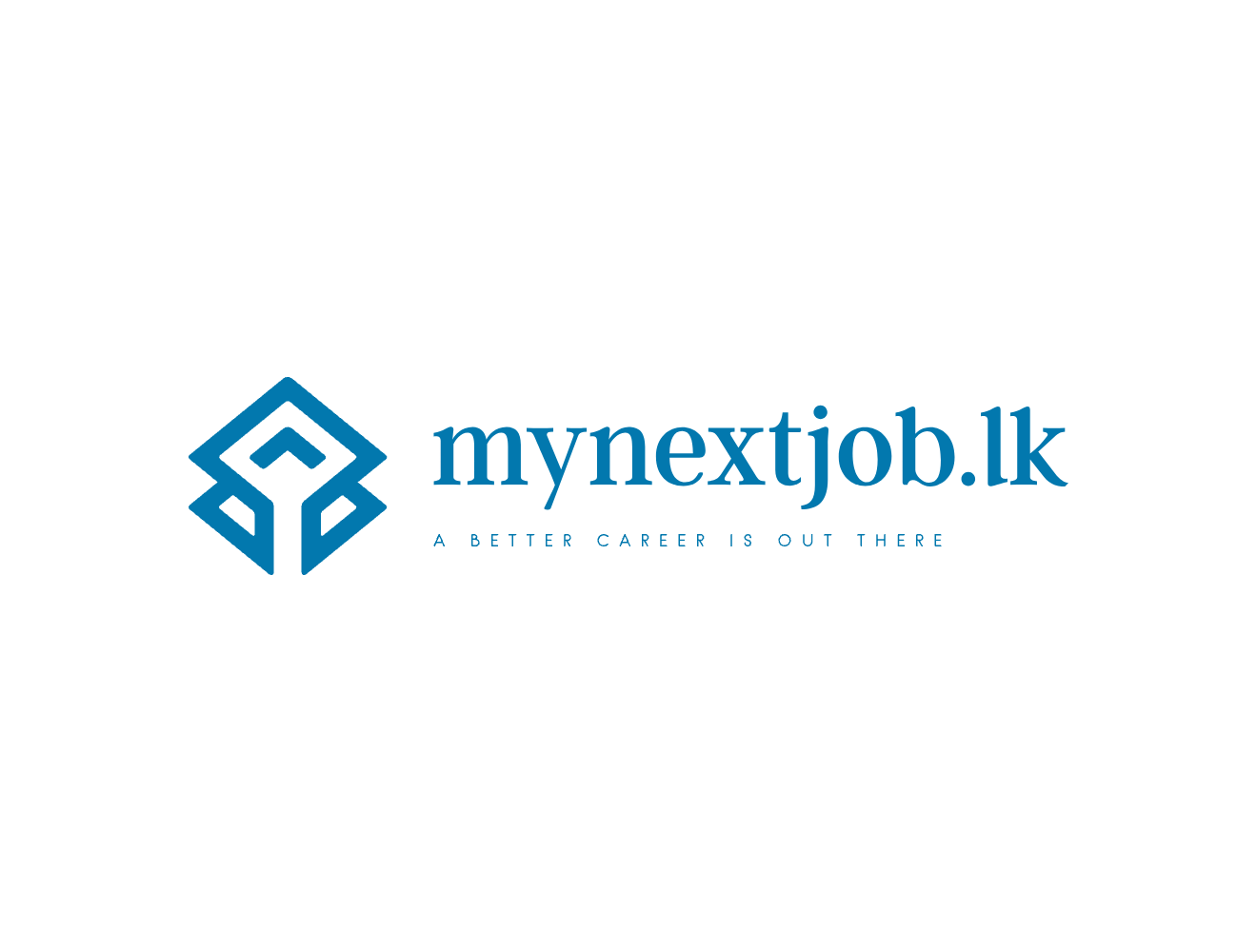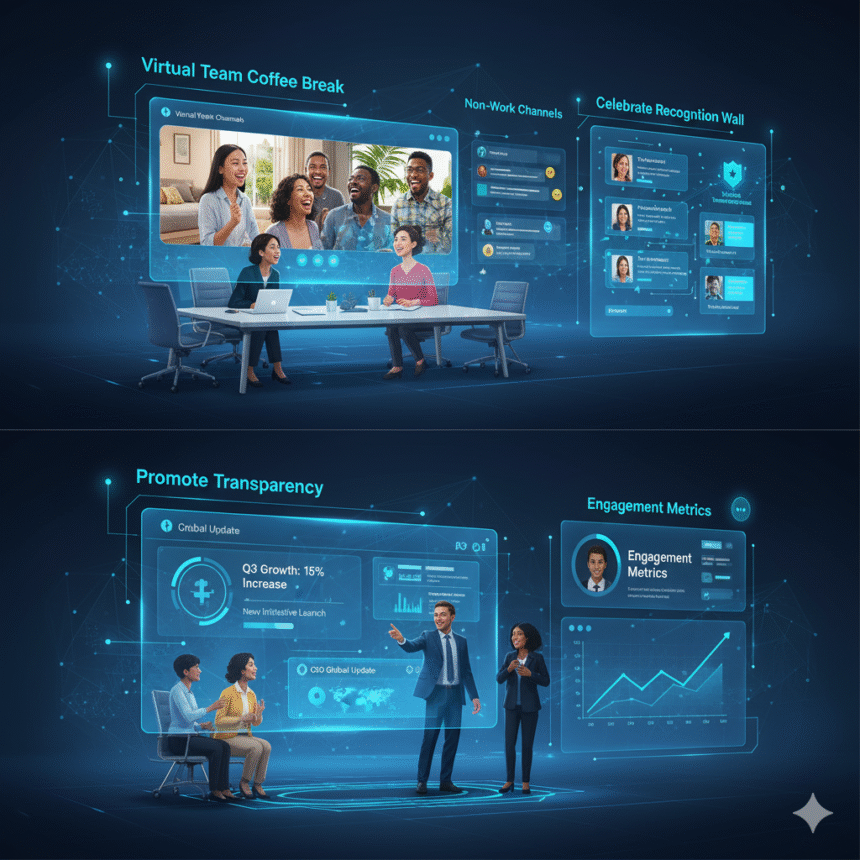The shift to remote work has brought unprecedented flexibility but also new challenges, particularly for leaders tasked with managing remote teams. While the benefits of work-from-anywhere are clear, maintaining high productivity and engagement across distributed teams requires a deliberate and strategic approach. This article will delve into essential best practices for managing remote teams, focusing on fostering seamless virtual collaboration, driving meaningful employee engagement, and developing effective remote leadership skills that are critical for success in this evolving work landscape.
- The Nuances of Remote Team Management
- Best Practices for Enhancing Productivity
- 1. Establish Clear Expectations and Goals
- 2. Promote Asynchronous Communication
- 3. Empower Autonomy and Trust
- Driving Meaningful Employee Engagement
- Remote Leadership: A New Skillset
- The Role of Technology in Remote Team Success
- Conclusion
The Nuances of Remote Team Management
 Effective remote team management goes beyond simply allowing employees to work from home; it involves a fundamental rethinking of how work gets done, how teams interact, and how leaders inspire and guide their people from a distance. The traditional oversight model, often based on physical presence, is replaced by a reliance on trust, clear communication, and outcome-oriented performance.
Effective remote team management goes beyond simply allowing employees to work from home; it involves a fundamental rethinking of how work gets done, how teams interact, and how leaders inspire and guide their people from a distance. The traditional oversight model, often based on physical presence, is replaced by a reliance on trust, clear communication, and outcome-oriented performance.
One of the primary challenges is ensuring consistency and fairness. A good remote manager must be adept at bridging geographical and cultural divides, ensuring every team member feels equally valued and connected, regardless of their location. This necessitates a proactive approach to communication, a deep understanding of individual working styles, and the ability to leverage technology to create a cohesive virtual environment. The goal is not to replicate the office online, but to cultivate a new way of working that maximizes the advantages of remote flexibility while mitigating its potential drawbacks like isolation or miscommunication.
Best Practices for Enhancing Productivity
Productivity in a remote setting is not about clocking hours but about achieving results. Implementing specific best practices can significantly boost a remote team’s output.
1. Establish Clear Expectations and Goals
Ambiguity is the enemy of remote productivity. Managers must set crystal-clear expectations for roles, responsibilities, deliverables, and deadlines.
Set SMART Goals: Ensure goals are Specific, Measurable, Achievable, Relevant, and Time-bound. This provides a clear roadmap for what needs to be accomplished.
Define Success Metrics: Clearly outline how success will be measured for each task and project. This allows team members to self-assess and stay on track.
Document Processes: Standardize workflows and document them clearly, making them accessible to all team members. This reduces confusion and ensures consistency. Regular one-on-one meetings are crucial for discussing progress, addressing blockers, and realigning goals.
2. Promote Asynchronous Communication
While real-time communication has its place, over-reliance on synchronous meetings can be a productivity killer for distributed teams, especially across different time zones.
Leverage Communication Tools Effectively: Utilize tools like Slack or Microsoft Teams for quick updates and discussions. Encourage the use of project management software (e.g., Asana, Trello, Jira) for tracking tasks and sharing updates.
Adopt a “Default to Asynchronous” Mindset: Encourage team members to provide updates and ask questions in a way that doesn’t require an immediate response, allowing everyone to work during their most productive hours without constant interruption.
3. Empower Autonomy and Trust
Remote employees thrive when given the autonomy to manage their work and schedules.
Focus on Outcomes: Shift the focus from “how” and “when” work is done to “what” is achieved. Trust your team to deliver quality results on time.
Avoid Micromanagement: Constant check-ins and demands for status updates can be demotivating and counterproductive. Instead, establish regular reporting rhythms that provide sufficient oversight without stifling independence.
Provide Resources: Ensure team members have access to all the necessary tools, software, and training to perform their jobs effectively from their remote locations.
Driving Meaningful Employee Engagement
Keeping remote employees engaged requires intentional effort to counteract the potential for isolation and foster a strong sense of belonging.
 1. Foster a Culture of Connection and Belonging
1. Foster a Culture of Connection and Belonging
Combating the feeling of isolation is paramount.
Regular Virtual Team Building: Organize virtual coffee breaks, online game nights, or themed social hours. These informal interactions are vital for building camaraderie.
Create Non-Work Channels: Encourage water cooler chat by creating dedicated channels on communication platforms for sharing hobbies, pet pictures, or weekend plans.
Celebrate Successes: Publicly recognize individual and team achievements. Acknowledging hard work and positive contributions reinforces value and motivates.
Promote Transparency: Keep remote teams informed about company news, strategic decisions, and challenges. Transparency builds trust and makes employees feel like integral parts of the organization.
2. Prioritize Employee Well-being and Mental Health
The blurred lines between work and life in a remote setting can lead to burnout. Effective leaders must be proactive in supporting their team’s mental health.
Encourage Breaks and “End of Day” Rituals: Remind employees to take breaks and disconnect from work at the end of the day. Lead by example.
Check in Regularly: One-on-one meetings should be used not just for work updates but also for checking on an employee’s overall well-being.
Provide Resources: Ensure employees have access to mental health resources, such as an Employee Assistance Program (EAP) or wellness apps.
Remote Leadership: A New Skillset
The most successful remote leaders possess a different set of skills than their traditional counterparts.
Empathy and Emotional Intelligence: A remote leader must be highly attuned to the emotional state of their team members, often without the benefit of in-person cues. This requires actively listening and asking thoughtful questions during check-ins.
Exceptional Communication: Clear, consistent, and proactive communication is the bedrock of remote leadership. This involves mastering both written and verbal communication, and being skilled at moderating virtual meetings to ensure all voices are heard.
Trust-Building: Trust is earned, not given. A remote leader builds trust by being transparent, reliable, and by empowering their team to work autonomously. They must trust their team to deliver, and their team must trust that the leader has their best interests at heart.
The Role of Technology in Remote Team Success
Technology is not just a tool for remote teams; it is the infrastructure that enables virtual collaboration and connectivity.
Integrated Platforms: Organizations must invest in a cohesive set of tools for communication, project management, and file sharing. The goal is to minimize the number of different platforms and provide a seamless user experience.
Data-Driven Insights: Modern platforms can provide managers with valuable data on team collaboration, project progress, and engagement levels, enabling data-driven decisions.
Security First: As teams become more distributed, data security is paramount. Leaders must ensure that all remote work tools and practices comply with the highest security standards to protect sensitive information.
Conclusion
The era of remote work is here to stay, and the ability to manage remote teams effectively has become a core competency for modern leadership. Success in this environment hinges on a combination of intentional strategy and an empathetic approach. By setting clear expectations, promoting asynchronous communication, and empowering teams with trust and autonomy, leaders can significantly boost productivity. Simultaneously, by fostering a culture of connection, prioritizing well-being, and leveraging the right technology, they can drive deep and lasting employee engagement. The future of work is not just about where we work, but how we lead, collaborate, and connect in a world without walls. The most successful organizations will be those that embrace this new reality, building strong, resilient, and highly productive remote teams that are prepared for whatever comes next.


 1. Foster a Culture of Connection and Belonging
1. Foster a Culture of Connection and Belonging








